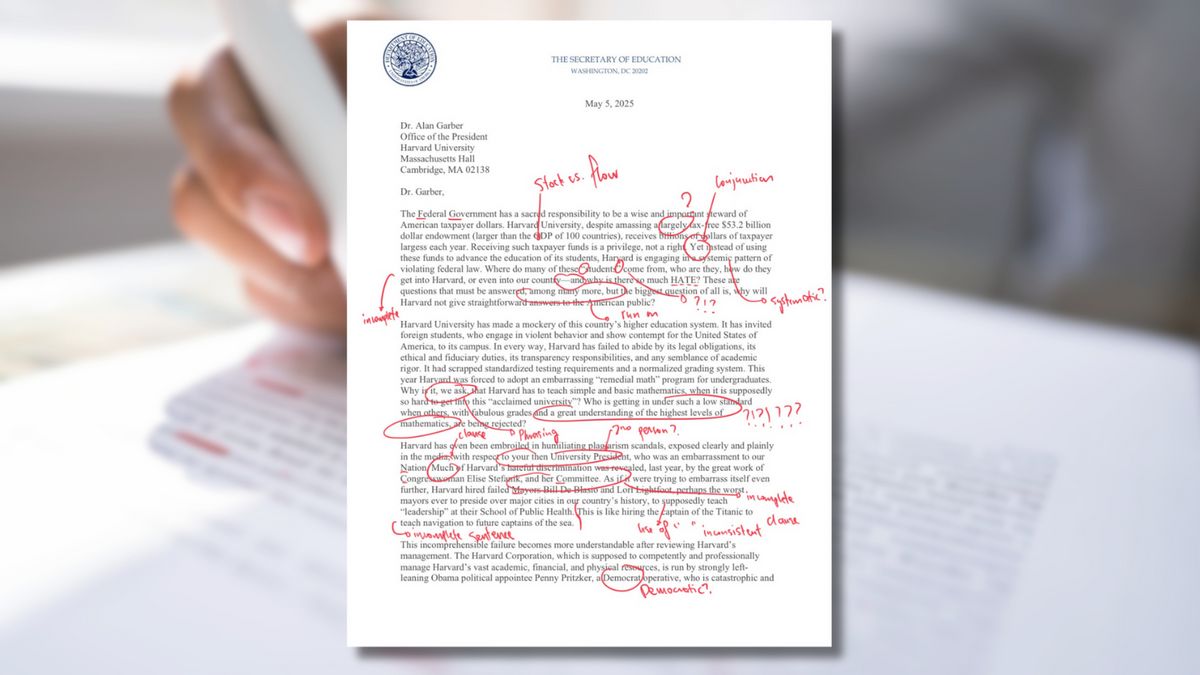AI Overview


+3

Yes, teachers often use red pens when marking or correcting student work, primarily to make their corrections and comments stand out from the student's original work. The use of red ink also provides a visual contrast, making it easier for both the teacher and the student to distinguish the teacher's markings from the student's writing.
Here's a more detailed look:
+3

Yes, teachers often use red pens when marking or correcting student work, primarily to make their corrections and comments stand out from the student's original work. The use of red ink also provides a visual contrast, making it easier for both the teacher and the student to distinguish the teacher's markings from the student's writing.
Here's a more detailed look:
- Contrast:
Red ink stands out well against black or blue ink, which students often use when writing. This makes it easier for teachers to see their markings and for students to identify where corrections or comments have been made.
- Clarity:
By using a different color, teachers can clearly differentiate their feedback from the student's work, preventing confusion and ensuring the student can easily understand the corrections.
- Positive and Negative Reinforcement:
While some educators believe the use of red ink can be perceived negatively, others argue that it's simply a way to highlight mistakes so students can learn from them. Some teachers also use red to indicate positive feedback, like a "Very Good!".

 There aren't any!
There aren't any!